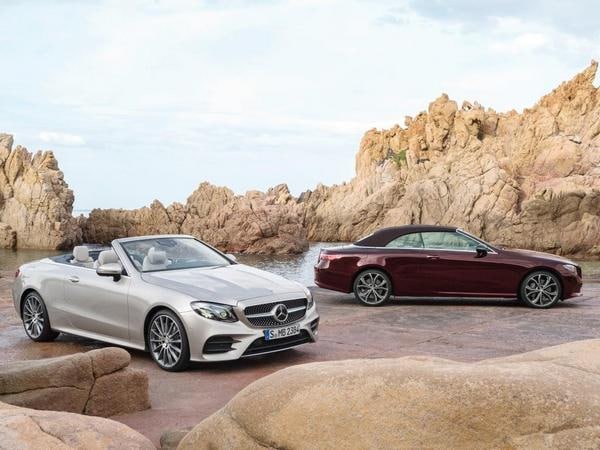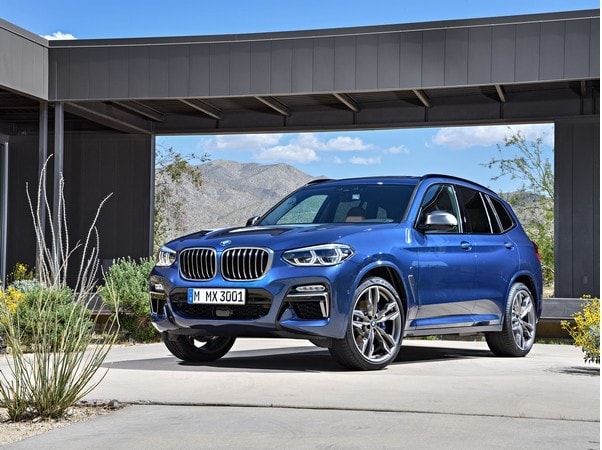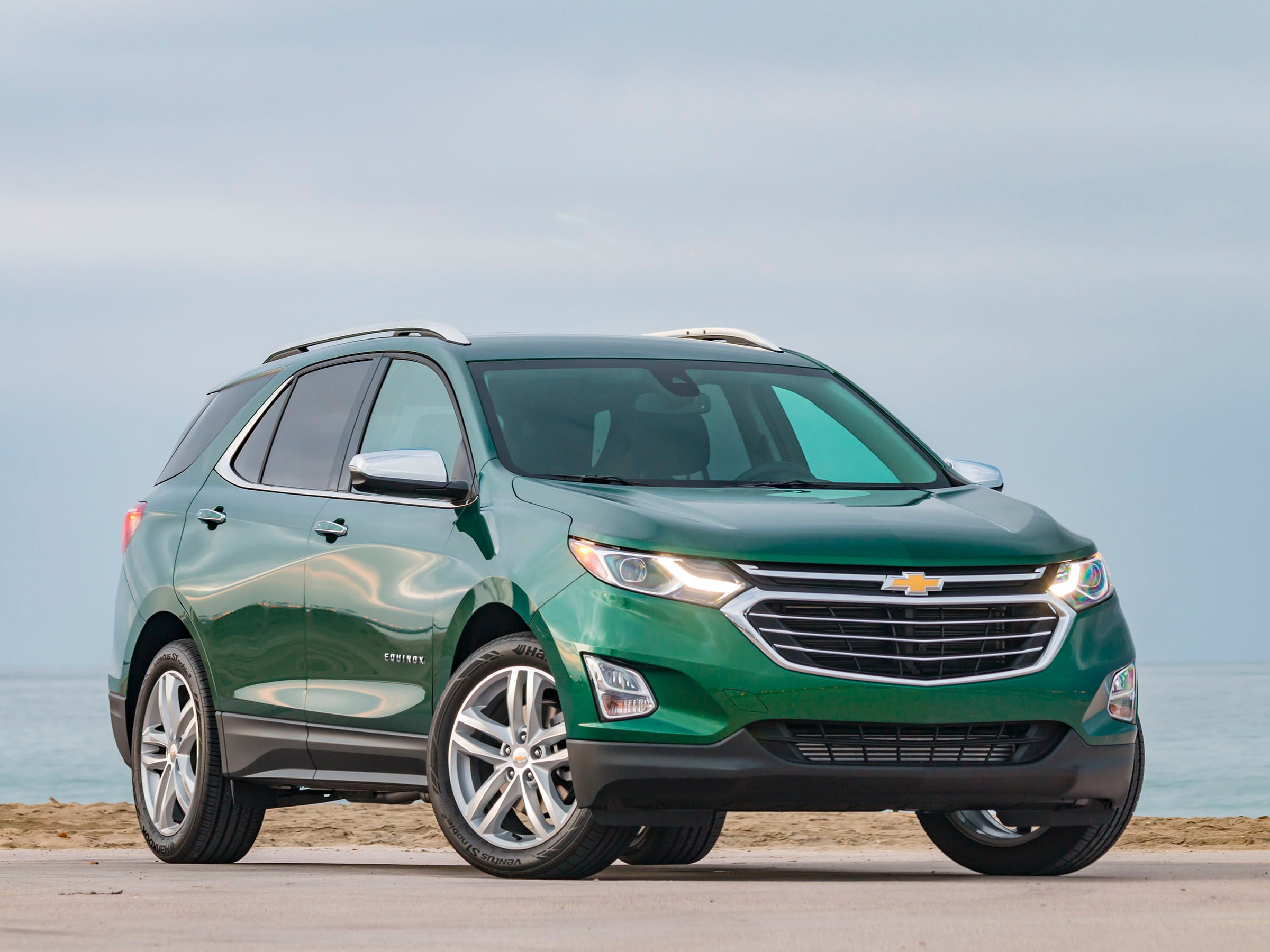German luxury car makers Mercedes-Benz and BMW are mulling over offering subscription services where customers pay a fixed rate to have access to a range of vehicles, either for an established term or as short as month-to-month. Subscription programs are already in place by Cadillac and Porsche in test markets and nationally by Volvo with the XC40.
According to Automotive News, both brands are taking a cautious approach by looking at test programs in either a single or a few markets. “We need to learn,” Britta Seeger, head of global sales for Mercedes, told the trade paper. “In different markets, we want to try this out.”
Bernhard Kuhnt, CEO of BMW’s U.S. unit, said that he expects to launch a test program sometime this year in a single market. “We are in the phase of looking at it and evaluating together with BMW Financial Services. And if we are going to do it, we are going to pilot it first to learn more about it. At the end of the day, the consumer is going to decide if that’s something they want to do.”
Seeger said in the interview that while there are benefits to the consumer in such programs, there’s also pitfalls if the manufacturer isn’t prepared or can’t meet the needs of subscribers. “On the weekend, if there’s sunshine out and if everybody want to have a cabriolet, and if I apply five times to have a cabriolet and I don’t get it, what does this cause?”
Used car prices dip
Consumer preference for crossover SUVs and trucks over cars continues to play out even in the used car market, as midsize sedans were the only pre-owned vehicle category to see a decline in prices during 2017. During the second half of the year, the wholesale price of these units declined nearly a percent, while other segments saw price growth ranging from 2.9 to 10 percent, depending on vehicle type.
According to Zohaib Rahim, manager of economics and industry insights at KBB’s parent, Cox Automotive, midsize cars “underperformed all year in terms of pricing and they will probably continue to struggle because of demand. Midsize and compact cars will continue to see weaker price performance as they are most in supply, but least in demand.”
In that scenario, bargain hunters will find the best deals in both the new and used car markets among traditional car body styles. On the other hand, trucks and crossover SUVs will continue to draw premiums and will have lower incentives relative to cars.
Industry inventory ideal
The auto industry is heading into the new year with ideal inventory levels thanks to the success of year-end sales events. Overall, the number of vehicles on the ground Jan. 1 stood at 61 days’ supply, 10 days fewer than December’s number and two days less than a year ago. Days’ supply refers to how long it would take to move all vehicles in stock at the current sales rate. Cars remain more plentiful with 67 days’ supply compared to 59 for trucks.
Among brands, Lexus had the lowest days’ supply, just 30, down from a 45-day inventory a month earlier. Clearly, Toyota’s luxury division’s holiday marketing plans clicked with consumers. BMW had the second tightest supply at 33 days, followed by Audi at 36 and Subaru at 37. Conversely, the VW brand had the industry’s biggest stocks with a 146 days’ supply, followed by Fiat at 140 days.
Among the individual models with high inventories are the Mitsubishi Mirage, which now stands at a 221-day supply, up from 162, the Buick LaCrosse, up 10 days over the month to 169, the Acura RLX, which grew from 97 to 140 days’ supply. The vehicles with the shortest supply include the GMC Yukon at 24 days, the Honda CR-V with 28 days’ supply, the Acura MDX at 30 days, and the Chevrolet Equinox at 44 days.
Interest in new cars strong
While 2018 sales may not top 2016’s record, interest in new cars remains strong among consumers, according to a survey commissioned by GM BuyPower Card. Garnering responses from 1,134 licensed drivers in the U.S., the survey found that at least a third felt they should get a new car in 2018, while 15 percent said they will definitely purchase or lease a new vehicle this year. The poll also found that 22.6 percent are already saving towards that purchase or lease.
What these consumers expect from the auto industry and what they personally want to drive remains at odds. A total of 44.4 percent sees more fuel-efficient vehicles on the road as a top vehicle trend for 2018 and 40.9 percent said they expect environmentally-friendly vehicles like electrics, to become more mainstream during the year. And yet, 31.8 percent named SUVs as their top dream vehicle that they would want to lease or purchase during 2018. Trucks ranked second at 14.9 percent, while luxury vehicles and sports cars trailed at 11.7 and 10.4 percent respectively. As for new year resolutions, only 13 percent said they promise to use less fuel in 2018 over 2017, while more than half (57.1 percent) resolved to clean the interior of their cars on a regular basis.
The rundown
The North American International Auto Show is open to the public. Check out the latest news and introductions here.
Last week, we spoke of the launch of the 2018 Ford EcoSport. In this report from Brazil, we get the backstory on the roots of this subcompact crossover SUV.
Shopping for a new family car can be a daunting task. But you can whittle the list down quickly with Kelley Blue Book’s 12 Best Family Cars of 2018.
In the market for a new car? Explore these useful tips on how to get the best deal:
Kelley Blue Book’s Complete Guide to Incentives
All you need to know about leasing
Which dealer services are right for you?
What to look for in your next economy car










